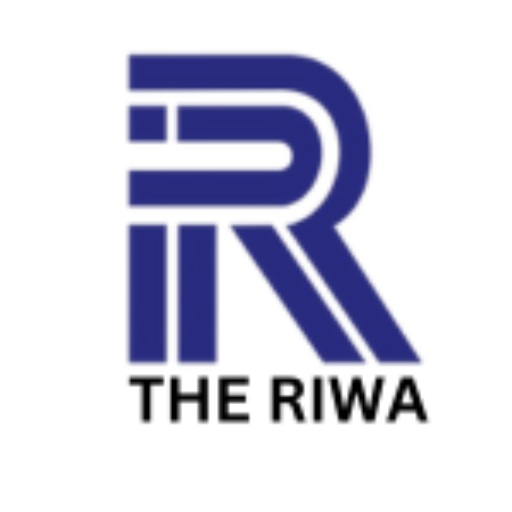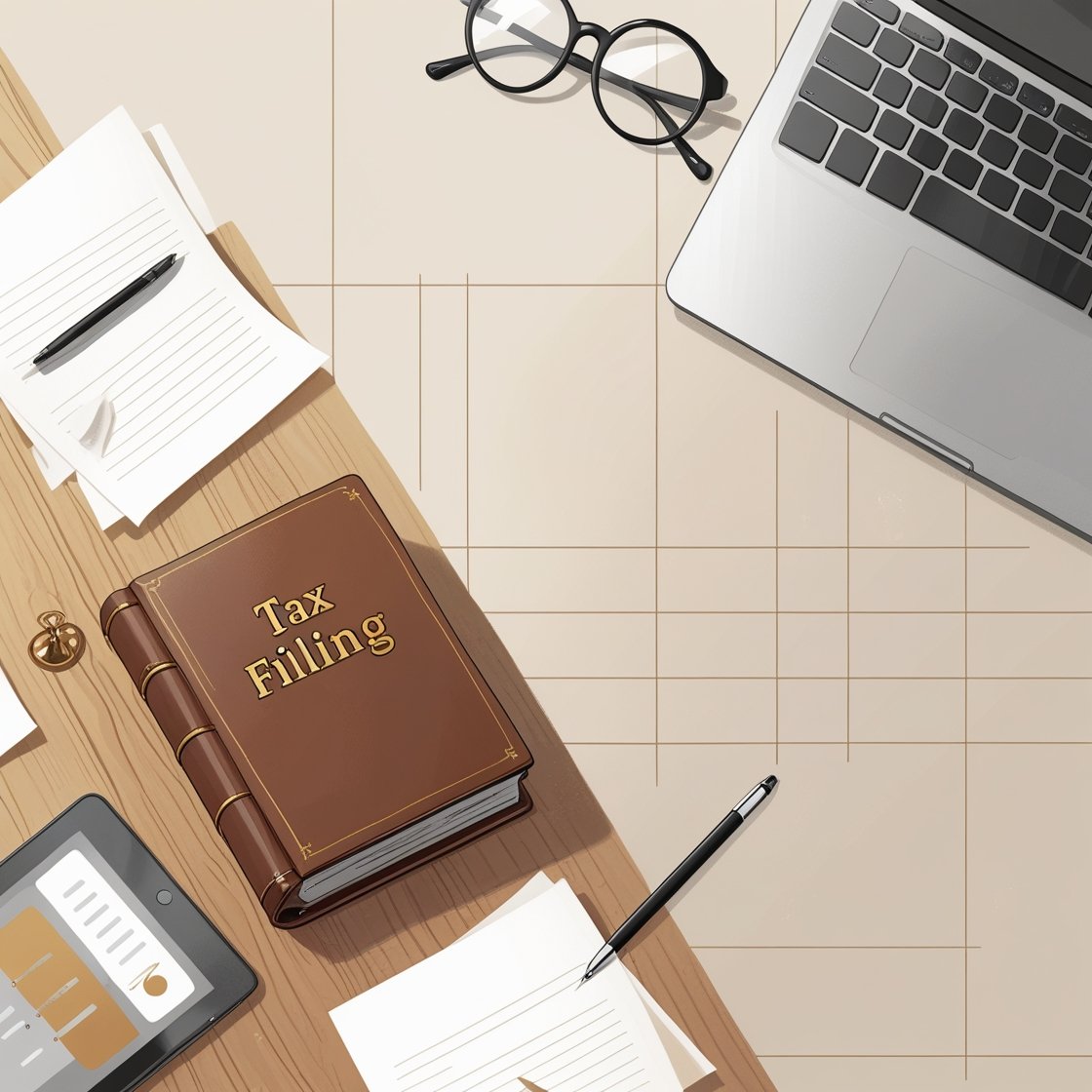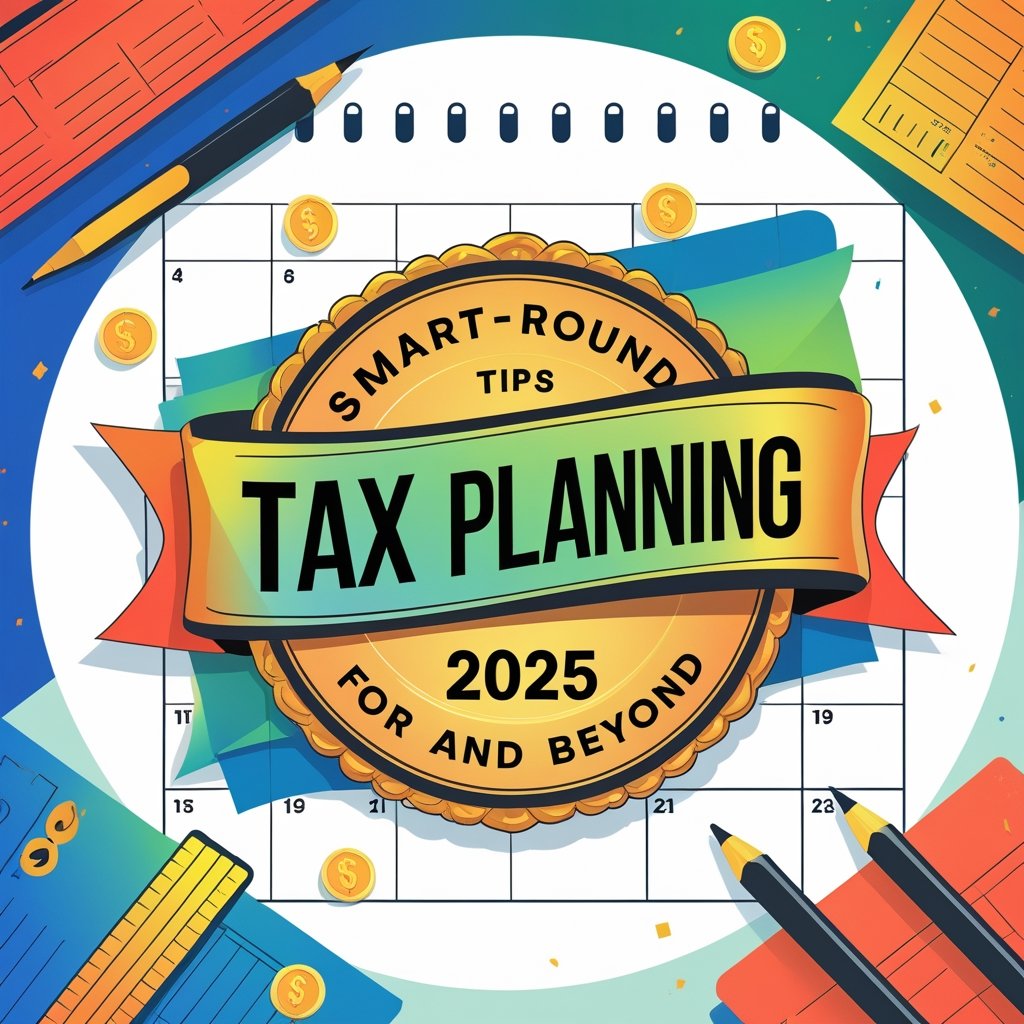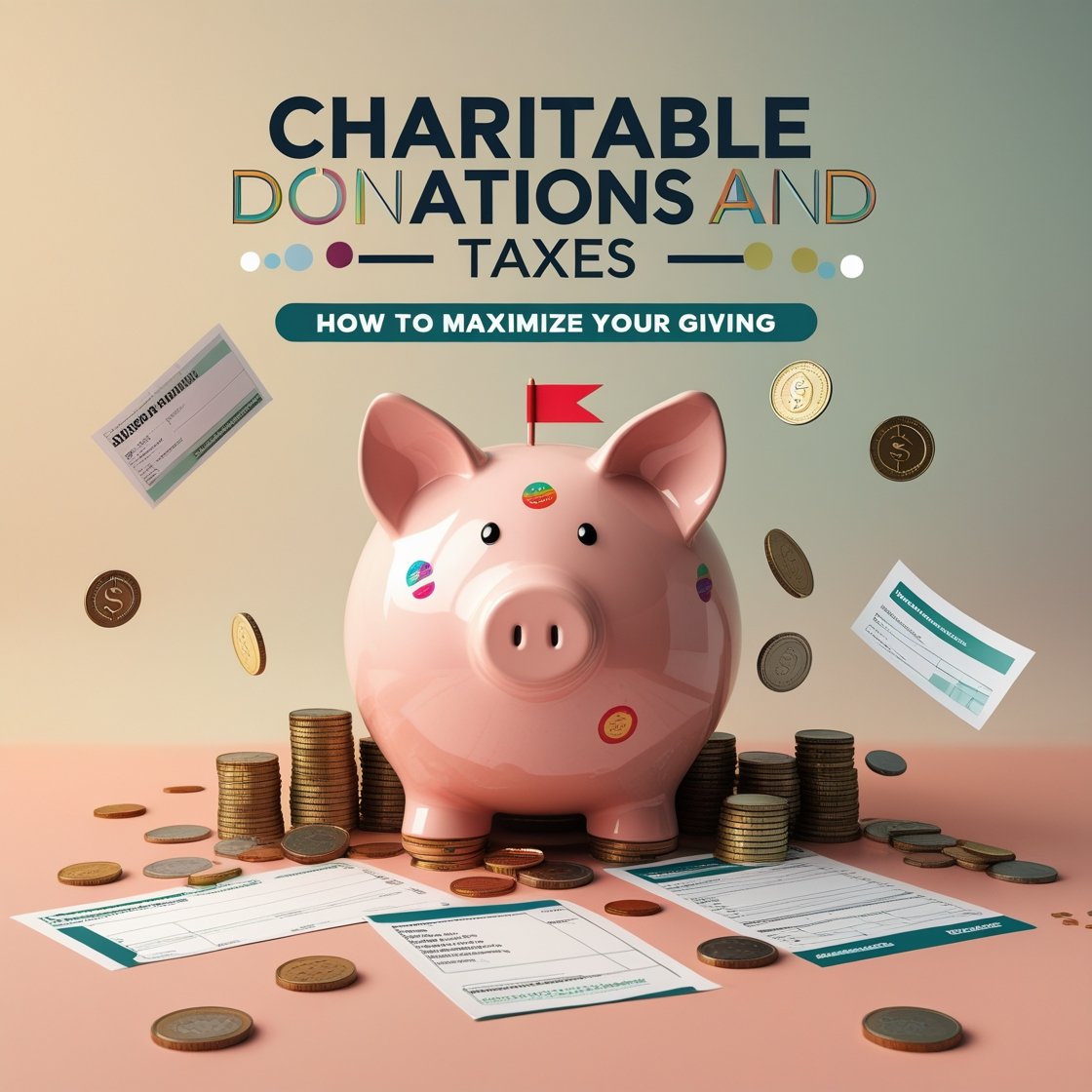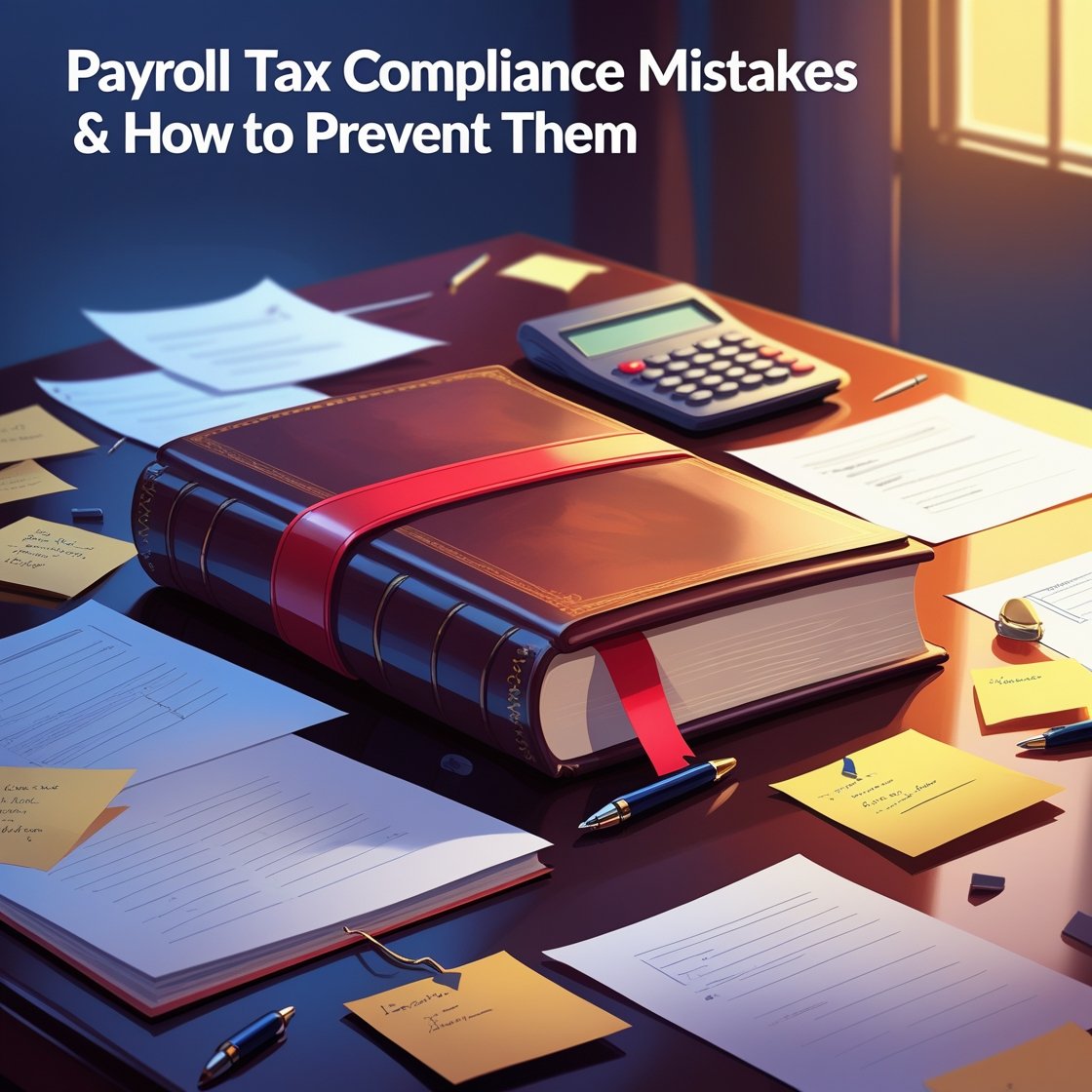Filing taxes can be a stressful experience, but choosing the right tax filing method can make the process smoother and more efficient. Whether you’re an individual, self-employed, or a business owner, understanding your options can help you file accurately and on time. Here’s a breakdown of the main tax filing methods and how to determine which one is best for you.
- Electronic Filing (E-Filing)
E-filing is the most popular and widely recommended method for filing taxes. It allows you to submit your tax return digitally through the IRS or authorized third-party providers.
Benefits of E-Filing:
- Faster Processing: The IRS processes e-filed returns much quicker than paper returns, often issuing refunds in as little as three weeks.
- Accuracy: E-filing reduces errors by performing automatic calculations and flagging missing information.
- Security: Digital submissions are encrypted and more secure than mailing paper documents.
- Immediate Confirmation: You receive an instant confirmation when the IRS accepts your return.
Who Should Use It?
- Individuals filing simple returns (e.g., W-2 employees, standard deduction filers)
- Self-employed individuals and small business owners
- Taxpayers looking for the fastest refund
- Filing with a Tax Professional
Many taxpayers prefer to work with a tax professional, such as a Certified Public Accountant (CPA) or an Enrolled Agent (EA), to ensure accuracy and compliance with tax laws.
Benefits of Using a Tax Professional:
- Expert Advice: Tax professionals can provide guidance on deductions, credits, and complex tax situations.
- Audit Support: If you’re audited, a tax professional can represent you before the IRS.
- Maximizing Savings: Professionals can help you take advantage of all available tax deductions and credits.
Who Should Use It?
- Self-employed individuals and small business owners
- Taxpayers with complex tax situations (e.g., rental income, multiple sources of income, foreign assets)
- Anyone who prefers a hands-off approach
- Do-It-Yourself (DIY) Tax Software
Many taxpayers use tax preparation software, such as TurboTax, H&R Block, or TaxSlayer, to file their taxes independently.
Benefits of DIY Tax Software:
- Cost-Effective: Less expensive than hiring a tax professional.
- User-Friendly: Step-by-step guidance makes tax filing easier for beginners.
- Accuracy Checks: Built-in features help minimize errors.
- Filing for Multiple States: Many software options allow you to file multiple state returns in one place.
Who Should Use It?
- Individuals with straightforward tax situations
- Taxpayers looking for an affordable filing option
- People comfortable using technology and financial tools
- Free File Program
The IRS Free File program allows eligible taxpayers (income below $73,000 in 2023) to file federal taxes online for free through partnered tax software providers.
Benefits of Free File:
- Completely Free: No cost for eligible taxpayers.
- User-Friendly: Software guides users through the process.
- E-Filing Included: Fast and secure filing method.
Who Should Use It?
- Low to moderate-income taxpayers
- First-time filers looking for a simple and free option
- Paper Filing (Mail-In)
Filing by mail is the traditional way of submitting tax returns, though it is less common today due to slower processing times.
Benefits of Paper Filing:
- No Software Required: Ideal for those who prefer a manual approach.
- Useful for Certain Complex Filings: Some specific tax situations may require paper filing.
Drawbacks:
- Slow Processing: Refunds can take 6-8 weeks or longer.
- Higher Risk of Errors: Manual calculations increase the chances of mistakes.
- No Immediate Confirmation: You won’t know if the IRS has received your return until processing begins.
Who Should Use It?
- Taxpayers who prefer traditional methods
- Individuals without internet access
- Those filing highly complex returns that require extensive documentation
Choosing the Best Tax Filing Method for You
When deciding how to file your taxes, consider the following:
- Complexity of Your Tax Situation: If you have multiple income sources or itemized deductions, using a tax professional or software may be best.
- Budget: Free options are available for lower-income taxpayers, while professionals charge fees.
- Time Sensitivity: E-filing ensures the fastest refunds, while paper filing is the slowest.
- Comfort with Technology: If you’re comfortable with software, DIY tax programs offer a convenient and affordable option.
Final Thoughts
No matter which tax filing method you choose, filing accurately and on time is crucial to avoiding penalties and maximizing your return. Whether you opt for e-filing, DIY software, or professional assistance, understanding your options can help you make the best decision for your financial situation.
Need expert assistance with tax filing? Contact RIWA Tax Services today to ensure a smooth and stress-free tax season!
Contact us: +1 (972)-996-6644
Email us : info@theriwa.com Visit our website : https://theriwa.com/
